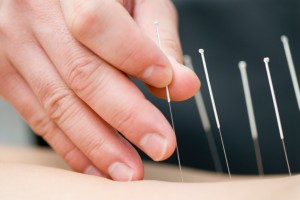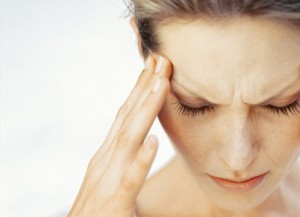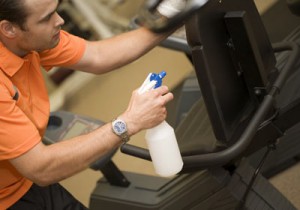 Most of us experience aches and pains from time to time, but aches and pains are not just for the over 50 crowd!
Most of us experience aches and pains from time to time, but aches and pains are not just for the over 50 crowd!
Types of Pain
Acute pain – is an intense and short-lived pain, usually caused by an injury. When the injury heals the pain goes away.
Chronic pain – is pain that lasts much longer than acute pain and can be either mild or severe and lasts for months or even years.
How do health care practitioners classify pain?
Pain can be classified into nociceptive (somatic, visceral), or non-nociceptive (neuropathic, sympathetic & referred) pain.
Nociceptive Pain – specific pain receptors sense temperature, vibration, and chemicals released from damaged cells; this pain is typically localized and constant. Examples include fractures, burns, sprains, or inflammation.
Somatic pain – is when the nerves detect pain in the skin, joints, muscles and deep tissues. For example if you cut your skin, the pain you experience is somatic pain.
Visceral Pain – these pain receptors sense inflammation in the internal organs. Examples of visceral pain is back pain.
Non-Nociceptive Pain – is the pain that comes from the nervous system where there are no specific pain receptors.
Neuropathic pain – is the result of an injury or disease in the central nervous system. Nerves can become compressed by tumors, scar tissue, or by infection. The pain may persist for months or years. Neuropathic pain is usually chronic, and in many cases is not fully reversible.
Sympathetic pain – occurs after a fracture or a soft tissue injury where the skin around the injury become extremely sensitive and painful.
Referred pain – is when the pain is felt either next to, or at a distance from the origin of an injury. For example, when a person has a heart attack, the pain can be felt around the arms, shoulders and back.
Measuring Pain
Pain is a very individual experience and is nearly impossible to measure objectively. A common way to assess pain is to use a numerical rating scales which asks the patient to rate their pain from 0 to 10.
Pain can be a red flag that points to a disease, illness or injury, so contact your health care provider if:
- Your pain persists beyond 5 days
- You have severe, unexplained pain
- You have any sign of infection
- You have an unexplained rash
- Your pain is associated with starting a ew medicine
Please contact our clinic if you have any questions regarding your health!




